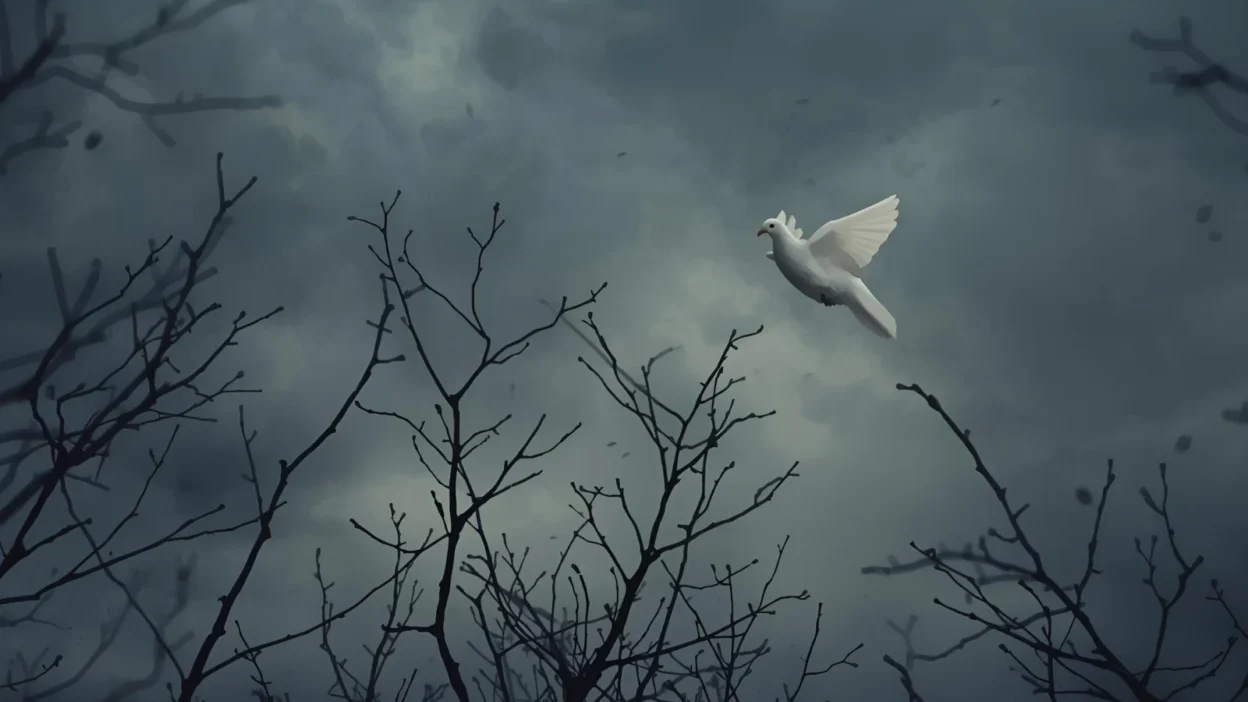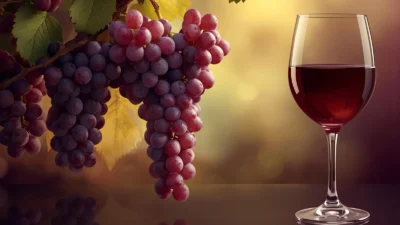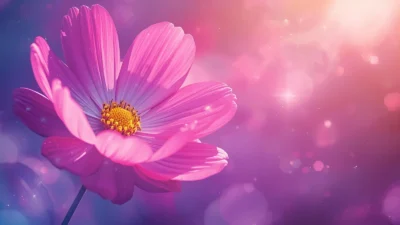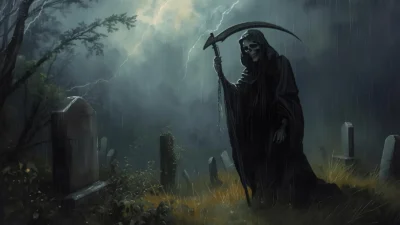Poetry has always been more than rhymes and pretty verses—it’s the art of sneaking emotions, ideas, and truths into a handful of lines. In 2025, the fascination with symbolism in poetry examples is stronger than ever, thanks to readers craving deeper meaning in an age of memes, reels, and quick-scroll culture. Why settle for plain text when you can have metaphors that taste like secret codes for the soul?
Humor trends today love puns, and poets were the original pun-masters. Imagine Shakespeare tweeting: “Roses are red, but this one actually stands for political rebellion. #Symbolism.” That’s why readers lean into symbolic poetry—it feels like solving a mystery while sipping tea.
Whether you’re a student Googling for symbolism in poetry examples or a writer sharpening your creative quill, exploring symbolism is like opening a treasure chest of layered meanings. Let’s unwrap it with 10 fun, engaging sections that prove poetry isn’t dusty—it’s daring, dynamic, and deeply human.
Symbolism of Nature in Poetry
- Trees in poetry often symbolize growth and resilience, reminding us to stand tall.
- Rivers flow through poems as metaphors for life’s journey.
- The moon shows up as a symbol of mystery and emotion.
- Flowers whisper tales of love, loss, and beauty.
- Storms rage in lines, symbolizing conflict or emotional turmoil.
- Sunlight beams in verses as a sign of hope and clarity.
- Birds in poems soar as symbols of freedom.
- Mountains stand for obstacles and strength.
- Autumn leaves often symbolize change or endings.
- Nature in poetry connects human hearts with universal truths.
Symbolism of Colors in Poetry
- Red is a poetic color for passion, love, or danger.
- Blue drapes verses with calm, sadness, or depth.
- Black becomes the ultimate symbol of death or mystery.
- White suggests purity or innocence.
- Green grows as a symbol of life, envy, or renewal.
- Gold glimmers as wealth or divine light.
- Purple wears the crown as royalty or spirituality.
- Gray slips in as confusion or uncertainty.
- Orange sparks poems with energy and warmth.
- Colors become emotional shortcuts in symbolism in poetry examples.
Symbolism of Animals in Poetry
- Lions roar as courage and power.
- Doves flutter as peace and innocence.
- Snakes slither as temptation or wisdom.
- Owls hoot as knowledge and foresight.
- Wolves appear as loneliness or loyalty.
- Horses gallop as freedom and passion.
- Butterflies flutter as transformation.
- Crows caw as omens or mystery.
- Dogs wag as loyalty and companionship.
- Through animals, poets speak of human instincts.
Symbolism of Seasons in Poetry
- Spring blooms as a symbol of new beginnings.
- Summer shines as youth and passion.
- Autumn falls with change and maturity.
- Winter chills as death or reflection.
- Seasons cycle as a mirror of life’s stages.
- Poets often use them to frame time and memory.
- A sudden frost might symbolize emotional coldness.
- Blossoms show hope and growth.
- Falling leaves capture melancholy endings.
- Seasons make symbolism in poetry examples timeless and relatable.
Symbolism of Objects in Poetry
- Keys unlock hidden truths or freedom.
- Candles burn as hope or fading time.
- Doors symbolize opportunity or closure.
- Mirrors reflect identity and self-awareness.
- Crowns shine as authority or vanity.
- Chains bind as restriction or oppression.
- Bridges link as connection or change.
- Clocks tick as mortality and urgency.
- Rings circle as eternity or promises.
- Everyday objects become poetic metaphors for life.
Symbolism of Love in Poetry
- Roses represent romantic affection.
- Hearts pulse as emotional core.
- Fire blazes as desire or passion.
- Distance symbolizes longing or heartbreak.
- Hands reaching show connection or need.
- Stars shine as eternal love.
- Veils cover as mystery in relationships.
- Oceans stretch as vast emotions.
- Wounds cut as betrayal or loss.
- Love’s symbolism is the heartbeat of poetry.
Symbolism of Death in Poetry
- Darkness symbolizes the unknown afterlife.
- Graves mark final rest.
- Bells toll as mourning calls.
- Shadows stretch as fear or endings.
- Crossroads stand as choices of fate.
- Ashes symbolize destruction and renewal.
- Silence echoes as grief and absence.
- Journeys symbolize the soul’s passage.
- Nightfall whispers closure.
- Death symbolism makes poetry deeply universal.
Symbolism of Dreams in Poetry
- Dreams symbolize hopes and aspirations.
- Falling often represents loss of control.
- Flying soars as freedom or escape.
- Doors in dreams are choices and mysteries.
- Water in dreams shows emotions.
- Fire burns as destruction or desire.
- Masks represent hidden identity.
- Paths symbolize destiny.
- Lost objects show fear of absence.
- Dreams in poetry reveal subconscious truths.
H2: Symbolism of Light and Darkness in Poetry
- Light shines as truth, hope, or purity.
- Darkness looms as fear or ignorance.
- Dawn rises as new beginnings.
- Twilight glows as transition or mystery.
- Stars twinkle as guidance in chaos.
- Candles flicker as fragile faith.
- Shadows linger as inner struggles.
- Lightning strikes as sudden clarity.
- Fireflies glow as unexpected joy.
- Light and dark balance make poetry multi-layered.
H2: Symbolism of Freedom in Poetry
- Birds flying symbolize release and independence.
- Open skies stretch as endless opportunities.
- Chains breaking show liberation.
- Roads symbolize choice and movement.
- Ships sailing show adventure.
- Wind whispers as unseen freedom.
- Doors opening invite new horizons.
- Mountains climbed show overcoming limits.
- Stars symbolize infinite dreams.
- Freedom in poetry is the symbol of the human spirit.
Conclusion
The beauty of symbolism in poetry examples is that it transforms ordinary words into extraordinary experiences. From colors to seasons, from animals to objects, poets lace their verses with hidden treasures. Each symbol is a wink from the poet, asking readers to dig deeper, smile wider, and maybe even pun a little.
If this article inspired you, share it with your fellow poetry lovers—or copy one of the witty lines for your next Instagram caption. After all, symbolism doesn’t just belong in poetry—it belongs in everyday life.




